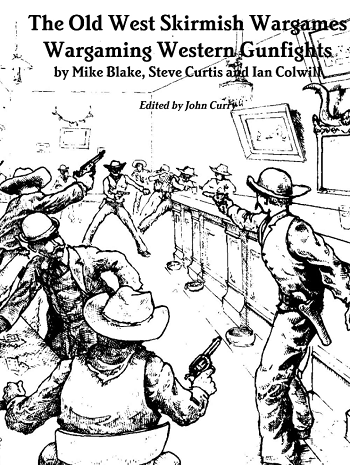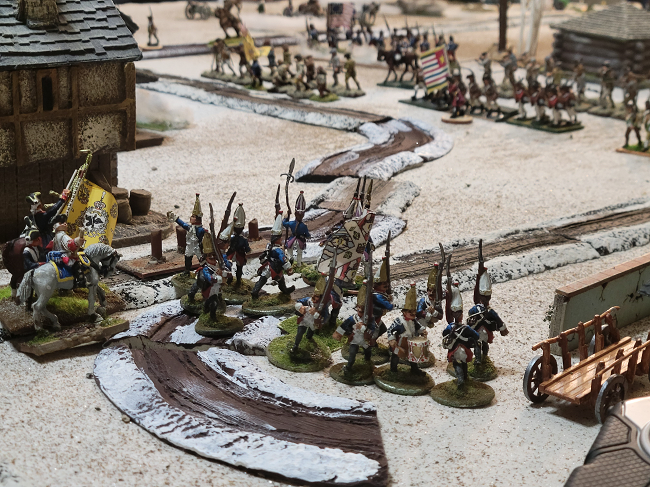There are several types of wargaming, each with its own focus and approach. Here are some common types of wargaming:
Miniature Wargaming which involves using physical miniature models of soldiers, vehicles, and terrain to simulate battles on a tabletop. Players typically use rulers or measuring tapes to determine movement and combat distances, and dice to resolve combat outcomes. Miniature war gaming allows for detailed visual representation and tactical decision-making.
Board wargaming is played on a flat game board with pre-printed hexagons or squares representing the terrain. Players use counters or tokens to represent military units and markers to indicate various game elements. Board wargames often include specific rules for movement, combat resolution, and other aspects of warfare. They can be more abstract than miniature wargaming but still offer strategic and tactical challenges.
Computer-based wargaming involves playing wargames on computers or gaming consoles. These games often provide highly detailed graphics, realistic simulations, and sophisticated artificial intelligence. Players can engage in single-player campaigns or multiplayer battles online. Computer-based wargaming allows for complex calculations, automation of certain game mechanics, and the ability to play against computer opponents or other players.
Role-playing wargaming combines elements of traditional wargaming with role playing game mechanics. Players assume the roles of specific military units or commanders and make decisions based on the objectives, resources, and limitations of their assigned role. Role playing war games often incorporate narrative elements, character development, and campaign progression.
Historical wargaming focuses on simulating battles and conflicts from specific historical periods. It aims to recreate historical scenarios with accuracy and attention to detail, using historical research and reference materials. Historical wargaming can cover a wide range of periods, from ancient battles to modern conflicts, allowing players to explore the strategies, tactics, and events of the past.
Strategic wargaming focuses on the larger-scale aspects of warfare, such as planning campaigns, managing resources, and making high-level strategic decisions. These games often involve multiple fronts, supply chains, diplomacy, and long-term planning. Strategic wargames allow players to experience the challenges faced by military commanders in coordinating and executing large-scale operations.
Tactical wargaming zooms in on the smaller-scale aspects of warfare, emphasizing the immediate combat actions of individual units. These games typically involve detailed rules for movement, line of sight, weapon ranges, and combat resolution. Tactical wargaming often provides a more granular representation of military engagements, allowing players to focus on specific battles or skirmishes.
Operational wargames simulate larger campaigns or wars. They typically use maps and charts to represent the battlefield and use rules to simulate factors such as logistics, supply, and morale.
Professional military wargaming is used by military organizations, defense analysts, and educational institutions for training, research, and strategic planning purposes. These wargames aim to simulate real world military operations and provide insights into decision making, logistics, and the interactions between different elements of warfare.
Each type of wargaming offers a unique experience and allows players to explore different aspects of warfare, from historical recreations to strategic decision-making and tactical combat. The choice of war gaming type depends on personal preferences, interests, and the level of detail and complexity desired.



